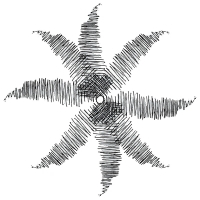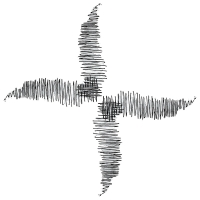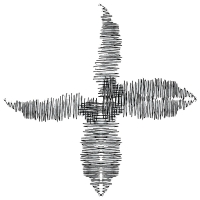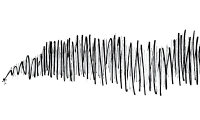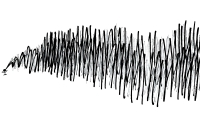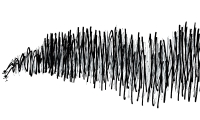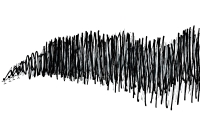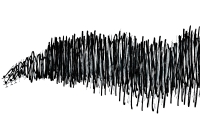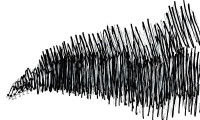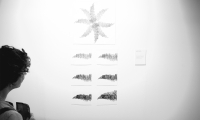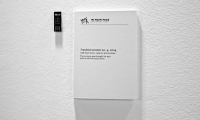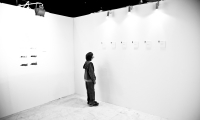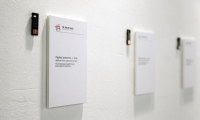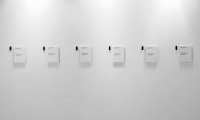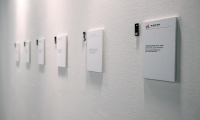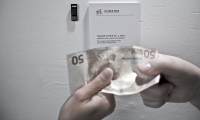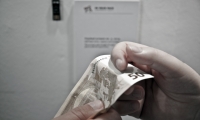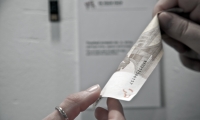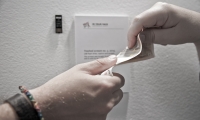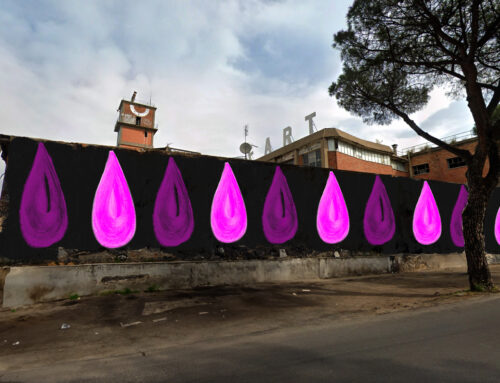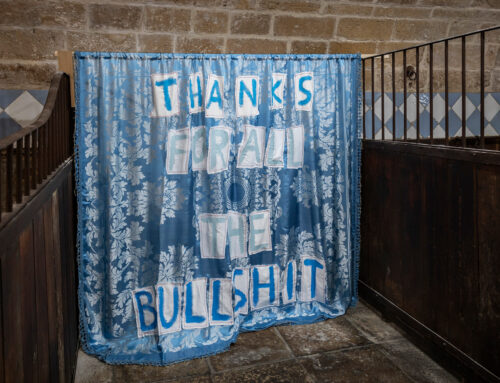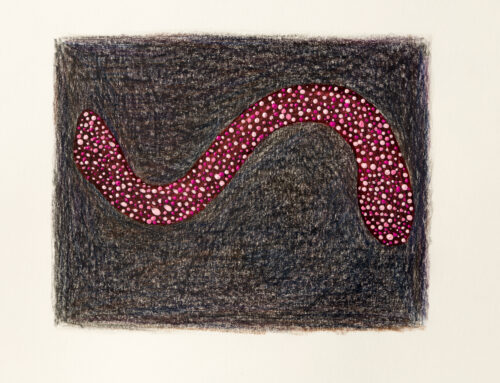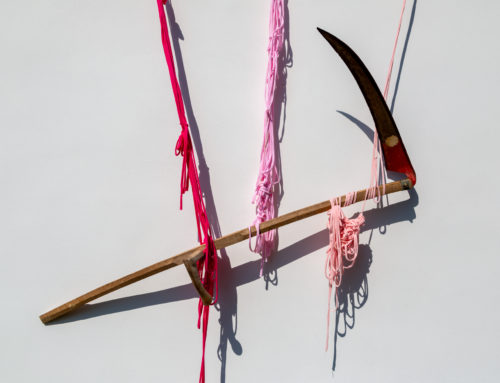Project Description
- Chorus for a Greek Tragedy, 2014, Lanfranco Aceti.
- Chorus for a Greek Tragedy: Quartet, 2014, Lanfranco Aceti.
- Chorus for a Greek Tragedy: Movement 1, 2014, Lanfranco Aceti.
- Solo, 2014, Lanfranco Aceti.
- Duet, 2014, Lanfranco Aceti.
- Trio, 2014, Lanfranco Aceti.
- Quartet, 2014, Lanfranco Aceti.
- Quintet, 2014, Lanfranco Aceti.
- Sextet, 2014, Lanfranco Aceti.
- In Your Face, 2014, Lanfranco Aceti. Installation at Art Athina.
- In Your Face, 2014, Lanfranco Aceti. Installation at Art Athina.
- In Your Face, 2014, Lanfranco Aceti. Installation at Art Athina.
- In Your Face, 2014, Lanfranco Aceti. Installation at Art Athina.
- In Your Face, 2014, Lanfranco Aceti. Installation at Art Athina.
- In Your Face, 2014, Lanfranco Aceti. Installation at Art Athina.
- In Your Face, 2014, Lanfranco Aceti. Performance at Art Athina.
- In Your Face, 2014, Lanfranco Aceti. Performance at Art Athina.
- In Your Face, 2014, Lanfranco Aceti. Performance at Art Athina.
- In Your Face, 2014, Lanfranco Aceti. Performance at Art Athina.
- In Your Face, 2014, Lanfranco Aceti. Performance at Art Athina.
- In Your Face, 2014, Lanfranco Aceti. Performance at Art Athina.
When any capital extends beyond its national boundaries, the historical link that binds it to its particular domestic state no longer necessarily holds. A capital which has extended itself in this way will require the performance of the primary public functions for its operations. But the body which performs them need not be the same as the body that performs them within the area of the capital’s early development.
R. Murray, “The Internationalization of Capital and the Nation-State,” in International Firms and Modern Imperialism: Selected Readings, ed. H. Radice, 119 (Middlesex: Penguin books, 1975).
In Your Face is a new work of art by Lanfranco Aceti which was created especially for the Athina-Art International Contemporary Art Fair of Athens. The artwork’s function is to establish a process of exploitation within already existing frameworks, by taking advantage of the blurred boundaries between legal and unethical, illegal and ethical. Unemployed Greek workers’ screams of anger are bought for 50 euros and sold for 500,000 euros.
The work looks into the nature of contemporary art and its adopted forms of capitalistic exploitation whereby the economic nature of the artwork and its ‘marketability’ take over other conceptual and aesthetic concerns. The business of art becomes a business of exploitation in which the artist, as a cultural entrepreneur of aesthetic values, commodifies and monetizes the material of its art – whatever this may happen to be.
By shifting the focus from the material to the people, the artist unveils the nature of the institutional processes of exploitation, leaving the spectator to re-explore the environment of the fair to re-interpret its meaning. What is the value then of artistic production, beyond the economic frameworks? Which institutions and which people are benefitting from these frameworks and who are those who are being exploited? Does the value of the artifact exist only to support its maker and is its primary function to validate of the existence of the institution?
The exhibition and participatory performances took place at the Art-Athina Fair, Athens, Greece, between 15-18 May 2014. They resulted in prints, photographs, objects, videos and sound recordings that document the contemporary pervasive processes of exploitation.
The exhibition was curated by Susanne Jaschko and Marquard Smith.
Supported by: Museum of Contemporary Cuts, Royal College of Art, New York University, Goldsmiths and OCR.
CONTEXT
What can art contribute to the world? In the moment of defeat, when all else appears to be normal and societal failure is no longer a collective failure, but a tragic personal drama experienced in the privacy of one’s home, art can perhaps bring back into the public the invisible seething anger of both personal and collective failures.
“The scream was bought for €50 and is sold for €500,000.” These words speak of exploitation, abuse, unethical capitalism and societal collapse. With their harshness they point to systems of exploitation within which each one of us plays a role, knowingly and unknowingly, in furthering the system’s eternal consumption of people. The unclear structure of who benefits and how and why is rendered visible by bringing forward the meaning of societal systems that thrive on forms of super-exploitation of people.
Within a post-modern context, it is the body that becomes the ultimate frontier of exploitation and abuse for the ultimate post-society within which the object produced and its producer are severed by a financial intermediary.
Value is attributed via financial forms of appropriation which are political in nature and are institutionally set as unchallengeable hierarchical structures.
Anger, in this context, vented through a scream becomes the ultimate sign of the collapsing of the body (human and social alike), which deemed worthless is marginalized, excluded and segregated. The body is cast aside, unemployed, and left to re-consider its own marginalized existence based on values that have become a mere façade of contemporary post-societies. Through their institutions post-societies still argue for forms of participation and engagement whilst at the same time depriving the body of any right to existence, since its usefulness has ended.
In Your Face becomes a moment to render visible, once again, what (people reduced to disposable objects) has been cast aside and rendered invisible. The artworks and the screams pierce the boundaries of material limits, crossing the spaces of other institutional booths, breaking the set boundaries of the Fair and going beyond what is expected and authorized.
The bodies of the performers vocalize the right, with anger, to a denied existence breaking the habituation to the crisis and interrupting the perfect aesthetic set by and for the beautiful people, remind us that we are all part of the capital’s systemic violence and exploitation.


